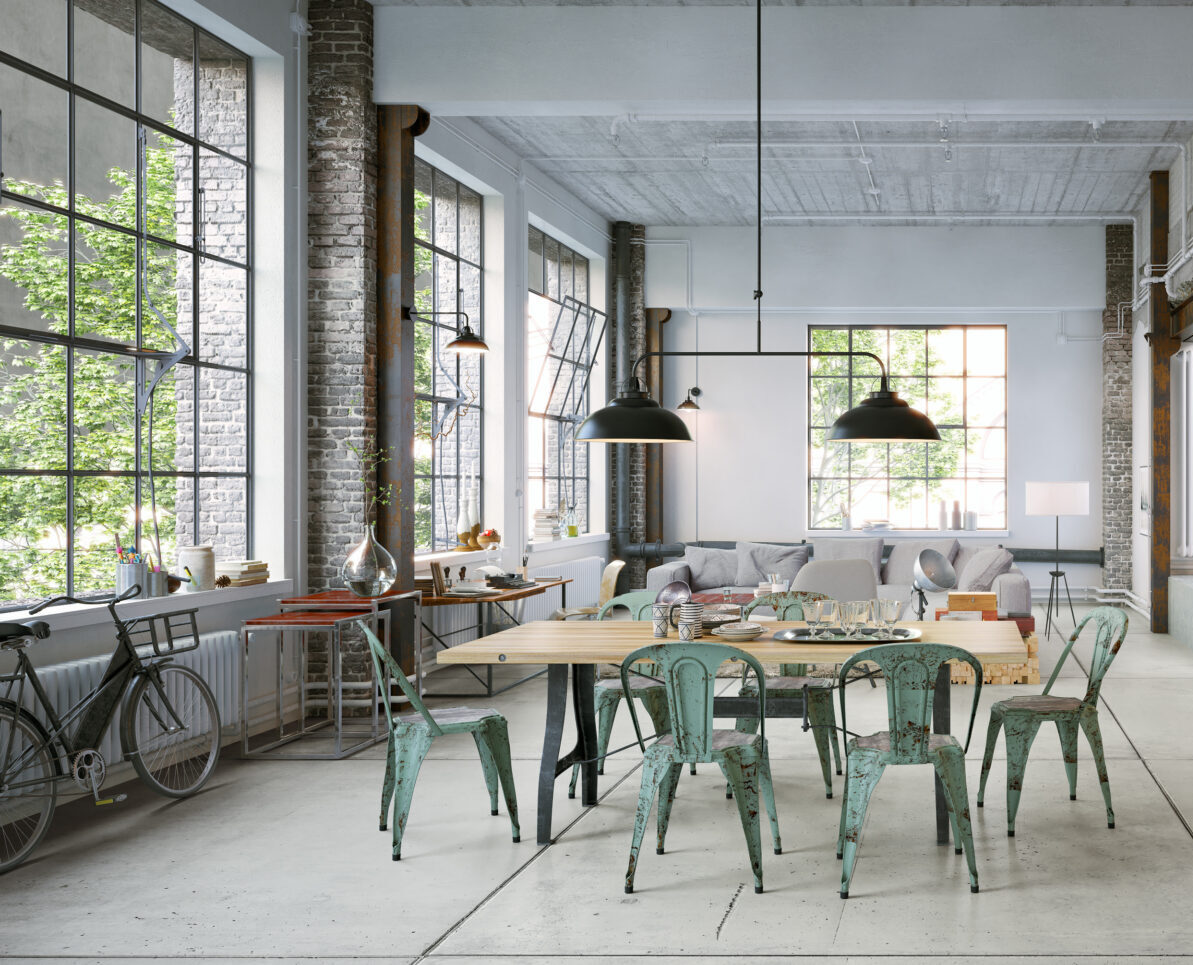Obstacles To Residential Conversions Of Vacant Commercial Buildings In The Netherlands

Table of Contents
Regulatory and Planning Obstacles
Navigating the regulatory landscape is often the most significant hurdle in converting vacant commercial buildings into residential properties in the Netherlands. Stringent building codes and complex zoning regulations frequently present significant challenges.
Strict Building Codes and Regulations
Dutch building codes, while ensuring high safety standards for commercial properties, often present considerable obstacles for residential conversions. These regulations, designed for commercial spaces, frequently necessitate extensive and costly renovations to meet residential standards.
- Fire safety: Commercial buildings often lack the fire safety features required for residential occupancy, such as fire-resistant materials, sprinkler systems, and adequate escape routes. Upgrading to meet these standards can be exceptionally expensive.
- Accessibility: Regulations concerning accessibility for people with disabilities, including wheelchair ramps, elevators, and adapted bathrooms, can add significantly to conversion costs.
- Insulation requirements: Meeting modern insulation standards for energy efficiency often requires substantial work, including wall insulation, double glazing, and improved heating systems.
Obtaining the necessary permits and approvals is a complex and time-consuming process, varying considerably between municipalities. Each local council may have its own interpretations and application procedures, leading to unpredictable delays and administrative burdens.
Zoning and Land Use Restrictions
Zoning regulations play a crucial role in determining the permissible use of buildings. Many vacant commercial buildings are located in areas zoned exclusively for commercial activities, prohibiting residential conversions outright.
- Prohibition of residential use: Zoning plans often restrict residential development in specific areas, particularly those designated for commercial or industrial purposes.
- Obtaining zoning variances: Securing a variance or amendment to the zoning regulations to allow residential conversion can be a lengthy and costly process, involving extensive documentation, public consultations, and potential appeals.
- Appeals processes: Appealing a zoning decision can be a protracted legal battle, adding further time and expense to the conversion project.
Financial and Economic Barriers
The financial aspects of converting vacant commercial buildings are often daunting, presenting substantial challenges for developers.
High Conversion Costs
Transforming a commercial building into residential units requires a substantial financial investment. Costs encompass demolition, structural reinforcement, new utility installations (electricity, plumbing, HVAC), and bringing the building up to current residential standards.
- Labor costs: Skilled labor is needed for specialized tasks, driving up overall costs.
- Material costs: The cost of materials, including insulation, fire-resistant materials, and new fixtures, can be substantial.
- Permitting fees: Fees associated with obtaining the necessary permits and approvals contribute significantly to the overall budget.
Securing financing for these projects can be difficult, particularly for smaller developers, as financial institutions may perceive the risks as high due to the complexity and cost of conversions. Government incentives and subsidies can play a vital role in making such projects financially viable.
Market Demand and Viability
A thorough market analysis is crucial to assess the demand for residential units in the specific location and to ensure the project's profitability.
- Location: The attractiveness of the location, proximity to amenities, and transportation links significantly influence market demand.
- Unit size and type: The size, layout, and type of residential units must cater to the target market.
- Competition: The project must be competitive with other new residential developments in the area.
Underestimating conversion costs or overestimating market demand can lead to financial losses, highlighting the importance of careful planning and realistic projections.
Technical and Physical Challenges
The physical characteristics of commercial buildings often present significant obstacles to residential conversion.
Structural Limitations and Adaptations
Adapting existing structures to meet residential needs can be challenging, demanding substantial modifications.
- Load-bearing walls: The presence of load-bearing walls can restrict the flexibility of internal layouts.
- Ceiling heights: Ceiling heights in commercial buildings may not be suitable for residential use.
- Natural light: Commercial spaces often lack sufficient natural light, requiring modifications to improve illumination.
Overcoming these challenges requires careful structural engineering and potentially costly modifications. Innovative construction techniques can help to minimize disruption and maximize efficiency.
Utility Infrastructure and Accessibility
Upgrading utility systems to meet residential requirements is another significant hurdle.
- Plumbing and electricity: Installing new plumbing and electrical systems, or adapting existing ones, can be expensive and complex.
- HVAC systems: Installing or upgrading heating, ventilation, and air conditioning (HVAC) systems to ensure adequate comfort and energy efficiency is crucial.
- Accessibility: Ensuring accessibility for people with disabilities requires careful planning and significant investment.
Sustainable solutions should be prioritized during utility upgrades, contributing to long-term energy efficiency and environmental sustainability.
Conclusion: Unlocking the Potential of Vacant Commercial Buildings for Residential Use in the Netherlands
Residential conversion of vacant commercial buildings presents a compelling solution to the Netherlands' housing shortage, offering significant opportunities for urban regeneration and sustainable development. However, numerous obstacles, including stringent regulations, high conversion costs, and technical challenges, hinder this process. Overcoming these obstacles requires a multifaceted approach involving policy changes, such as streamlined approval processes and financial incentives, to encourage investment in these projects. Further research into residential conversion projects, vacant commercial building redevelopment, and Dutch housing policy is vital. By addressing these challenges proactively, the Netherlands can unlock the vast potential of its vacant commercial buildings and contribute to a more sustainable and livable future. Let's work together to find innovative solutions for repurposing vacant commercial properties and effectively tackling the housing shortage.

Featured Posts
-
 Mc Kenna Impresses Tuanzebe Shows Promise Ipswich Town Weekly Review
May 28, 2025
Mc Kenna Impresses Tuanzebe Shows Promise Ipswich Town Weekly Review
May 28, 2025 -
 Sinner Faces Difficult Path To Italian Open Title
May 28, 2025
Sinner Faces Difficult Path To Italian Open Title
May 28, 2025 -
 Eu Sanctions Loom For Shein Over Consumer Protection Failures
May 28, 2025
Eu Sanctions Loom For Shein Over Consumer Protection Failures
May 28, 2025 -
 16 Million Fine For T Mobile A Three Year Data Breach Settlement
May 28, 2025
16 Million Fine For T Mobile A Three Year Data Breach Settlement
May 28, 2025 -
 Alcaraz And Swiatek Contrasting Fortunes Ahead Of The French Open
May 28, 2025
Alcaraz And Swiatek Contrasting Fortunes Ahead Of The French Open
May 28, 2025
